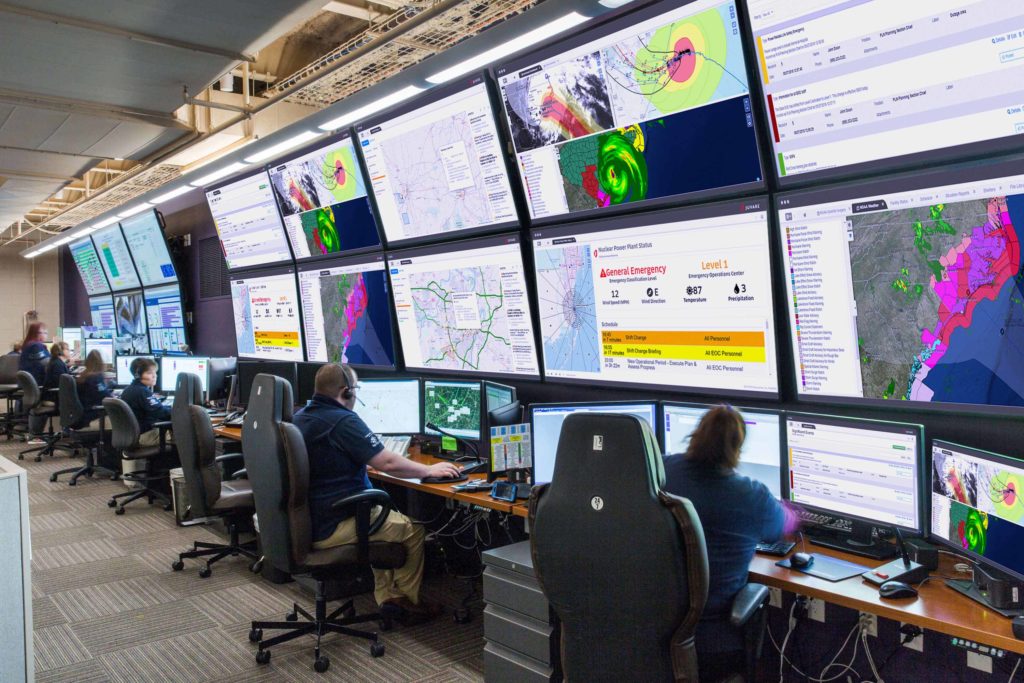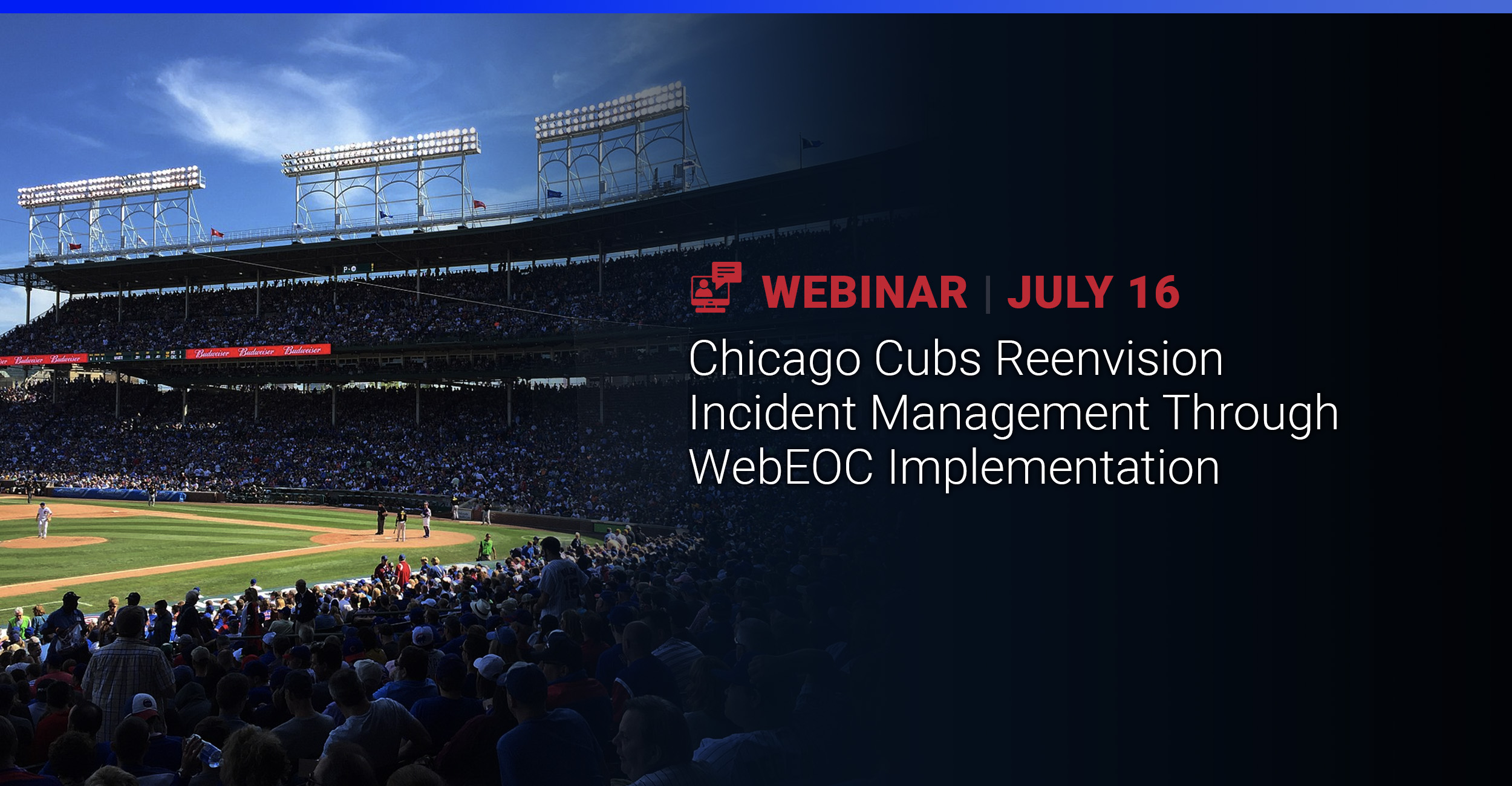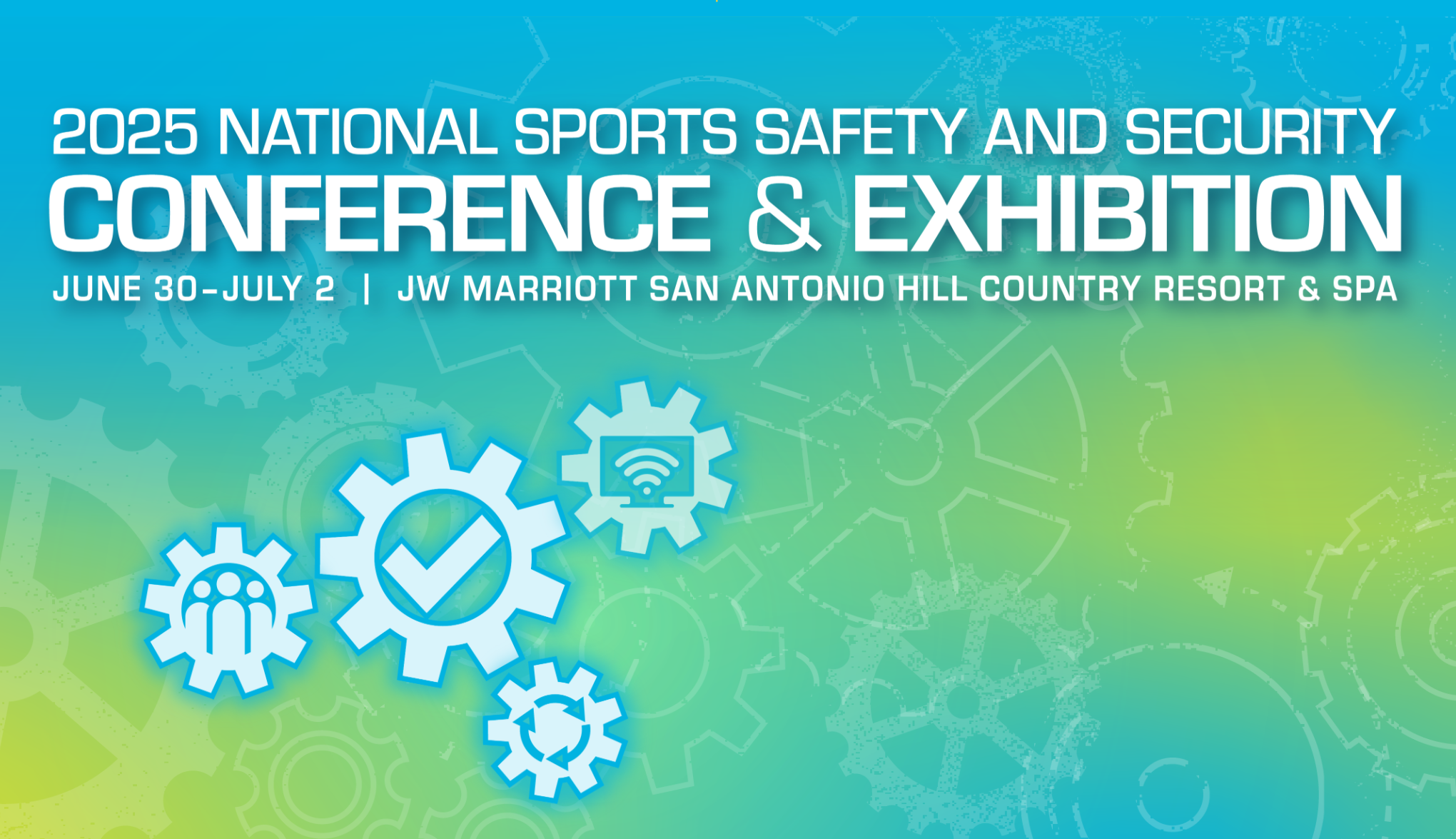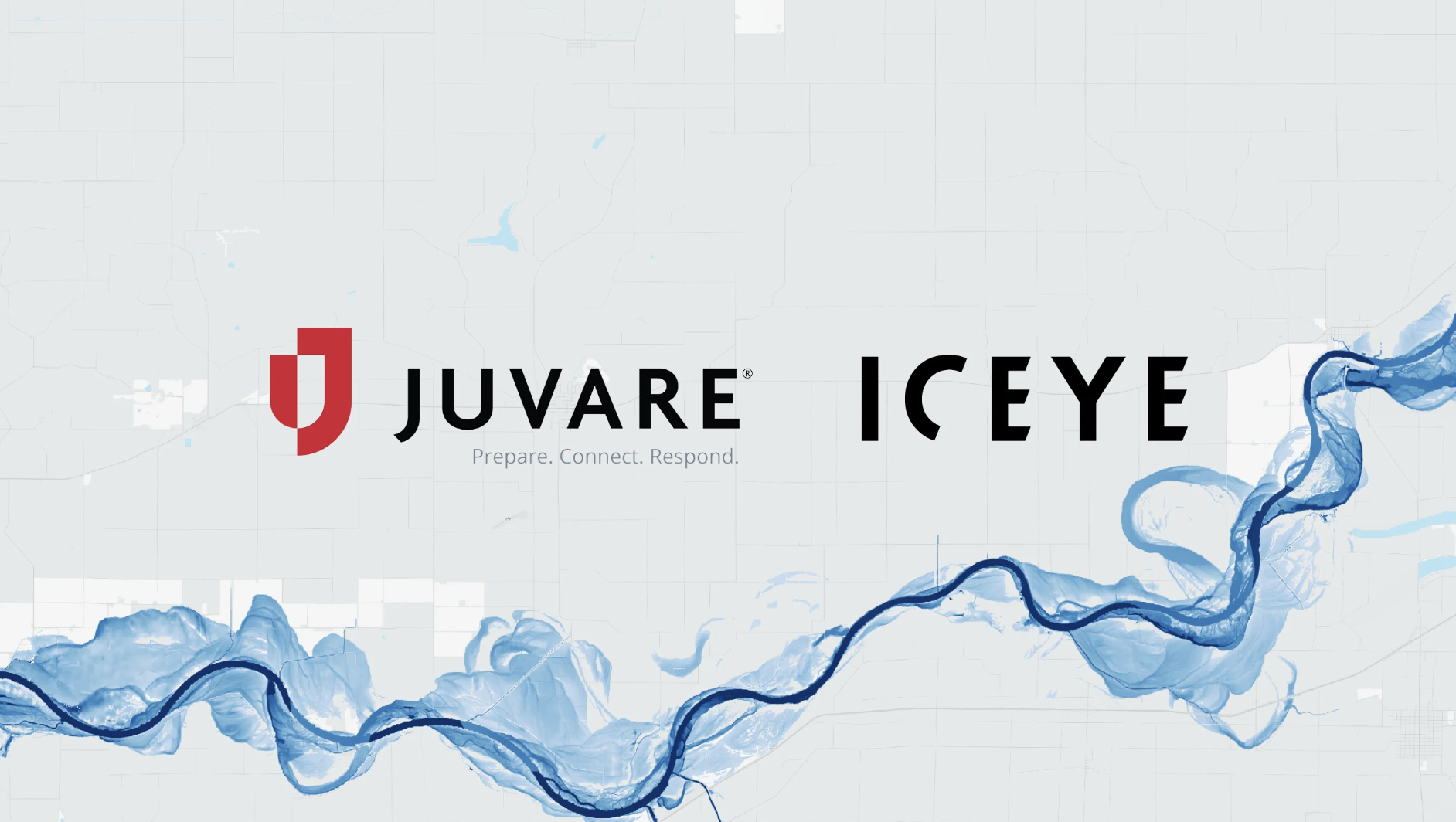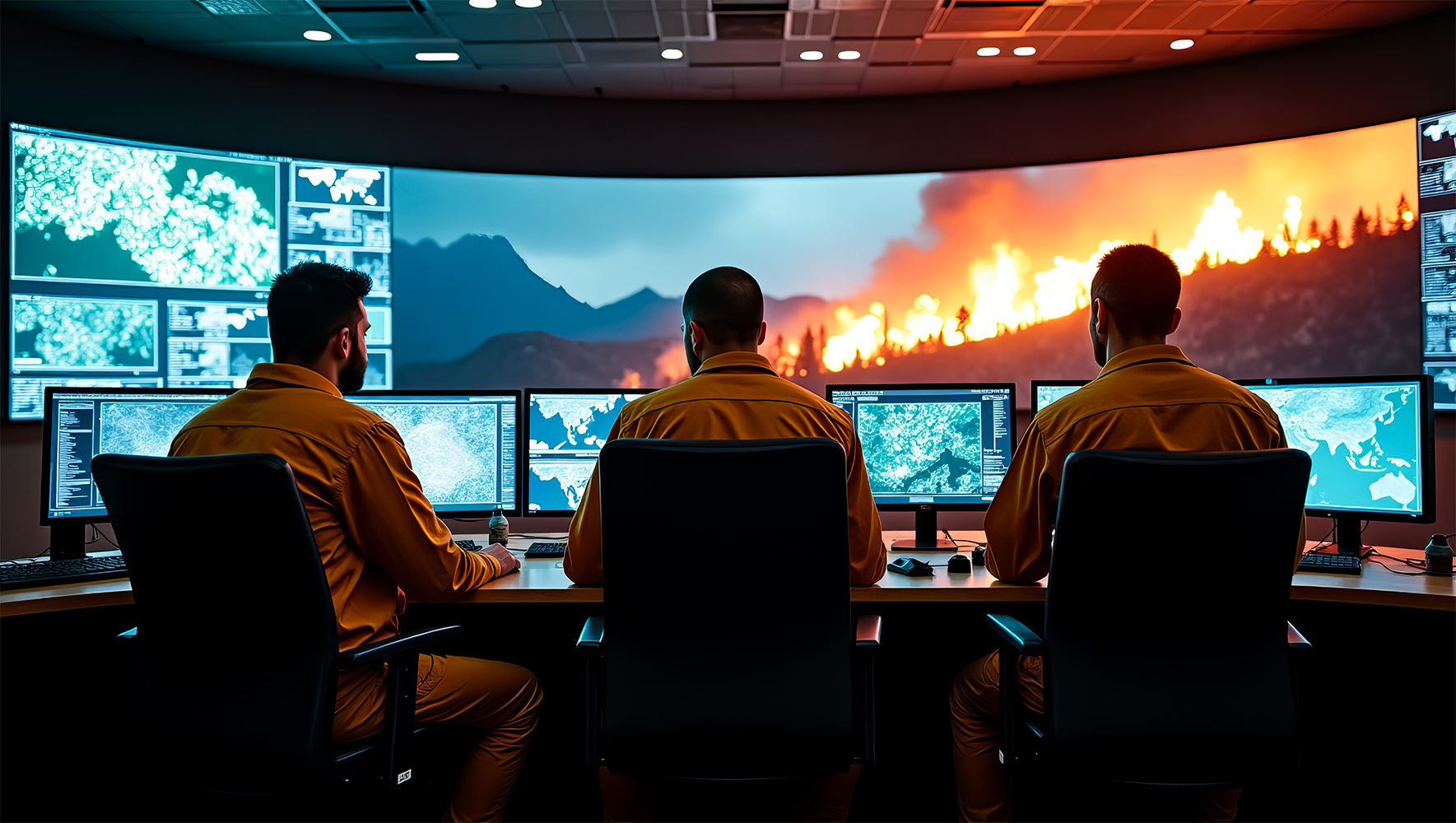Even when everything seems to be running smoothly, the threat of a crisis, disaster, or emergency is always looming. Seasoned emergency managers know all too well that the risk is always there – and the key to lessen the threat to health and safety or damage to property is preparedness.
While many public health experts predicted that virus outbreaks on the level of Zika or H1N1 could be deadly, almost no one could foresee the devastating and long-lasting effects of the COVID-19 pandemic. Similarly, weather forecasters earlier this year predicted an above-average hurricane season in the Atlantic, but it is virtually impossible to know all the variables of tropical storms and hurricanes, such as exactly when and where they will make landfall, and with what strength, etc.
Wherever you are, there is always the threat of natural disasters, as well as pandemics and other health threats, and even human-caused events such as terrorism and acts of violence. Juvare serves emergency preparedness and response agencies around the world, yet their mission is the same – to be prepared when, not if, disaster strikes.
Preparedness, however, is not only for emergency managers. All communities, businesses, and organizations must be prepared for anything that can happen, because, well, anything can happen.
Failing to prepare can have a devastating effect on lives, property, and everyday operations. Typically, the faster you respond to a critical incident, the more you will be able to protect lives, mitigate the cost to property, and minimize financial loss and damage to brand reputation.
“Good enough” is not good enough
Hoping that your emergency management processes will be good enough is not a plan.
Many organizations assume that the processes they’ve always used will still be adequate when a crisis occurs. Many are still using pen and paper, emails, phone trees, and spreadsheets. While those tools may be adequate, they are far from the best way to do things. You wouldn’t choose a tack hammer over a nail gun to frame a house, would you?
If this feels all too familiar, you would be wise to consider more comprehensive emergency management technology that would give you better tools and capabilities to prepare and respond in the event of an emergency. An effective critical incident management platform allows organizations of all sizes to maintain complete situational awareness of actual or potential incidents, and to respond effectively and recover quickly.
Some of the benefits of a situational awareness technology platform include:
- A common operating picture providing a real-time comprehensive view of all data pertaining to critical incidences and occurrences
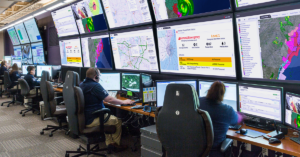
WebEOC gives emergency managers essential tools for situational awareness. - Automated workflows to easily track information, make critical decisions, request supplies and mutual aid, as well as deploy resources
- Mapping of incidents occurring in your geographic area, allowing advance preparation for critical events
- Standardization of communication efforts with employees, partners, and other stakeholders
Some features and components of an emergency management solution include:
- Event Reporting – track event details, status, priority, contact information, name and position of those reporting, and area maps, and also to generate comprehensive reports with all status information about an incident.
- Resource Requests / Task Assignments – submit, assign, and track missions, resource and task requests during an incident. Key personnel can then dispatch resources needed to respond to a specific incident while maintaining a common operating picture.
- Situation Reporting (“SITREPs”) – obtain situational awareness and an accurate, up-to-the-minute common operating picture to improve quick decision-making capability for leaders and other stakeholders during an emergency.
- Team Tracking/Status – communicate immediately and effectively to inform and provide direction to employees and teams. Integrated web and mobile applications allow details and assignments to be communicated and managed in real time as situations unfold.
- Maps – visualize crisis information data and activities on a map using Geographic Information System (GIS) mapping capabilities to create a dynamic, geographically-based common operating picture and display information using standard GIS data formats.
- Dashboards – organize and summarize critical information in an easily viewable dashboard to provide information to the right people in the right positions at the right time.
- Data Exchange – exchange information and data with other organizations and stakeholders across public and private sectors, including Emergency Management, Police, and Fire Departments, as well as to exchange any necessary resources.
So, do you have the right emergency management tools, processes, and platform to meet your organization’s needs – to protect your people, property, business continuity, and brand?
If not, we can help. Learn more about how Juvare solutions help with critical decision making in emergencies, disasters, planned events, and day-to-day incidents.









